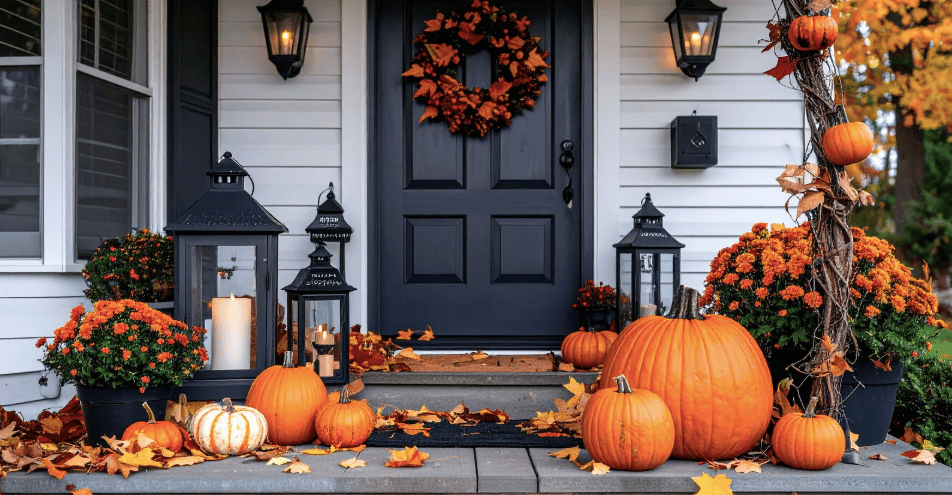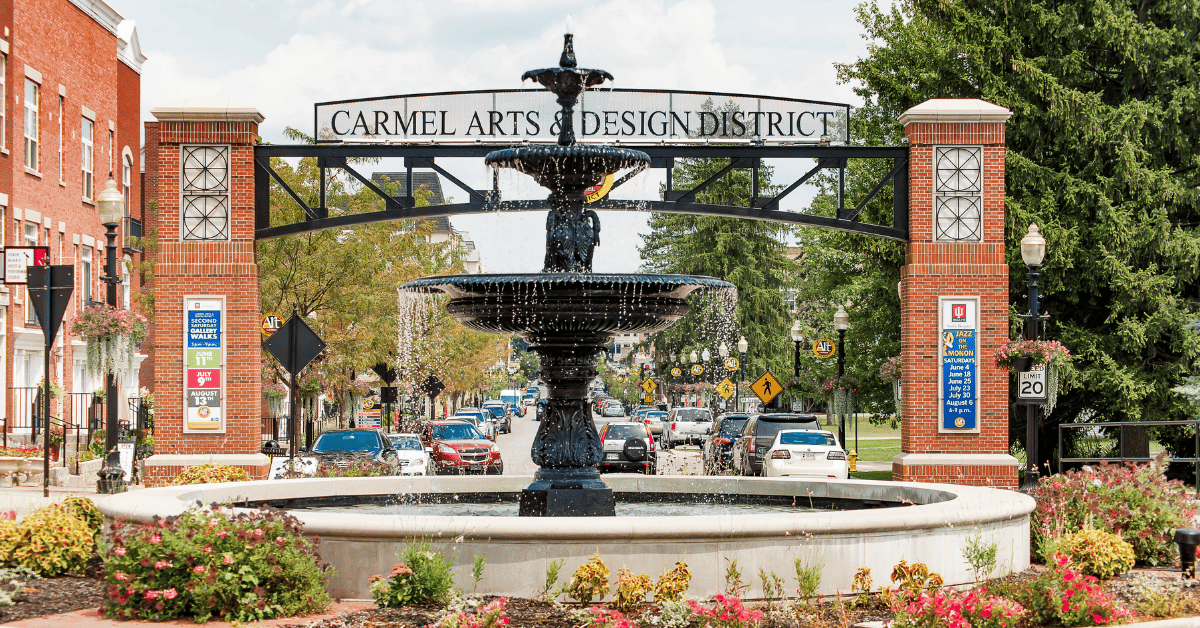
Key Things to Watch for in a Home Inspection Report
Sandy Ginn August 14, 2025

Sandy Ginn August 14, 2025
A home inspection offers buyers valuable insight into the condition of a property. While it’s normal for an inspector to flag a range of minor issues, it’s the bigger concerns that deserve the most attention. Here are the key areas to focus on when reviewing your report:
The roof protects the entire home, so its condition is one of the most important things to review. Inspectors will note any visible damage, missing shingles, signs of leaks, or sagging. Just as important is the age of the roof. Older roofs may not show immediate issues but could still be nearing the end of their useful life. This is something to consider carefully, as roof replacement is a major expense.
Watch for cracks in walls or flooring, sticking doors, or noticeable sloping—these can all be signs of movement or structural settling. Foundation issues can affect the overall safety of a home and may require a professional assessment. These repairs can be complex and costly, so early detection is key.
Improper drainage around the home is one of the most common causes of long-term damage. Standing water near the foundation, poor grading, or missing gutters can lead to basement leaks, mold, and even foundation damage. Look for signs of water pooling or erosion around the exterior of the house.
Leaks under sinks, signs of corrosion on pipes, or stains from past water damage are all things to look out for. If the home is on a septic system, understanding the age and service history of the tank is important. If not properly maintained, a failing septic system can lead to health hazards and expensive repairs.
Inspectors will evaluate whether the heating, cooling, and water systems are functioning properly. Watch for signs of poor maintenance, unusual noises, or corrosion. Replacing major systems can be a significant expense, so be sure you have a clear picture of how well these components are working.
Radon is an invisible, odorless gas that can enter a home from the soil beneath it. Elevated levels can be harmful over time, so testing is important—especially in certain regions. If high levels are found, a mitigation system can be installed to reduce risk.
Evidence of past or ongoing water intrusion should never be overlooked. Look for staining, bubbling paint, musty odors, or visible mold in areas like basements, bathrooms, and around windows. Moisture issues can be signs of deeper problems and may impact both the structure and the indoor air quality.
Insect damage can threaten the integrity of wood structures. The inspection may reveal signs like rotted wood, hollow-sounding beams, or visible termite trails. If present, treatment and repair should be factored into your decision-making process.
Inspectors may flag loose handrails, missing smoke detectors, or improperly installed appliances. While many of these are minor fixes, they should still be taken seriously—especially if they affect the safety of future occupants.
We always recommend a home inspection for our buyers and work hard to do the due diligence necessary to make sure you feel fully comfortable with your purchase. This can be a tricky part of the transaction and may even require further inspections or negotiations, but it’s an essential step. We partner with experienced, detail-oriented inspectors who evaluate each of these areas and provide us with the clear, reliable information needed to move forward with confidence.

Lakes
Lake life doesn’t end with summer — it simply shifts seasons. Discover how your lake home can be a four-season haven for adventure, connection, and calm.

Today’s luxury lake buyers want more than a view. They’re investing in lifestyle, design, and daily experience. Here’s how to stand out.

Why selling before the holidays could be your smartest move — fewer listings, motivated buyers, and the chance to start the new year ahead.

Don’t let winter catch you off guard. These 10 essential fall home maintenance tips will help safeguard your home, save on energy bills, and avoid costly repairs, whet… Read more

Selling your home isn’t just about listing, it’s about leveraging expert prep, powerful marketing, and targeted exposure to attract serious buyers and top-dollar offer… Read more

Explore the charm, creativity, and community that define daily life in Carmel, from public art and trails to top-rated schools and connected neighborhoods.

From custom builds to spec homes, here’s what every buyer should know about building (or buying) new in Carmel, Zionsville, Fishers, and beyond.

Not all inspection items carry the same weight. Here’s how to spot red flags and prioritize what matters most when reviewing a home inspection report.

Selling your home isn’t just about listing, it’s about strategy, expertise, and execution. Working with a Realtor delivers stronger results than going it alone.
With experience in every type of real estate transaction, we aim to deliver sound advice, extensive research, and tenacious negotiating in order to secure incredible results for our clients. Every opportunity to serve our clients is a beautiful gift worth cherishing.